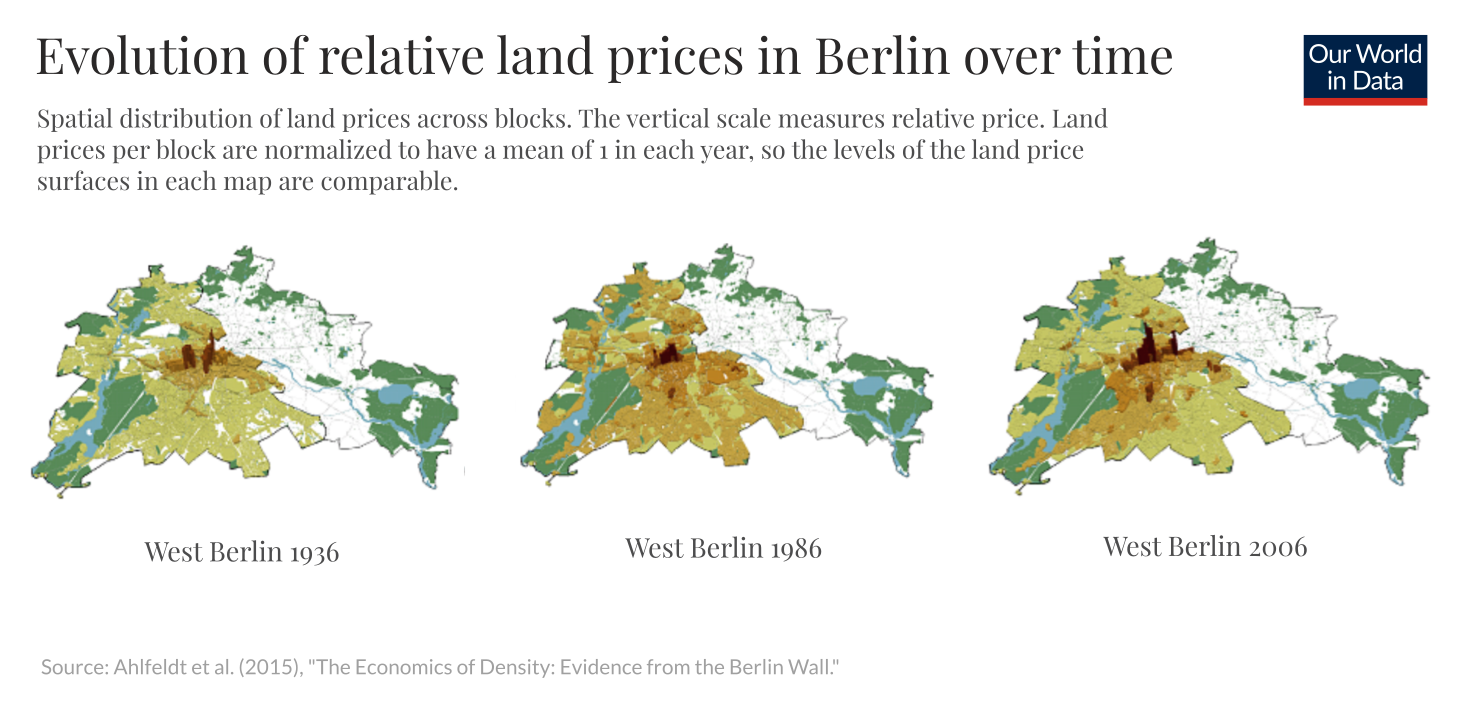If you choose to live in a place with better opportunities for your skill set, it is likely that living cost in that area is expensive. Say, you’re a software/tech industry professional, living in the San Francisco/Bay Area is expensive. If you in the Finance Industry, Manhattan or Chicago are expensive cities to live in.
You often have to choose between living in (i) an area that’s filled with people thriving in your industry (ii) an area with the traditional “blue collar” workers for a smaller cost.
A typical fresh grad out of college has bought into the dream sold by the industry/Hollywood. “One day I’ll be walking fast on Wall St, wearing my business suit, yelling on the phone at whoever is the other end of it”, “One day I’ll be walking past the homeless people on Market St, discussing minimal strength ECDSA hash based messsaging algo, ocassionally pinching my nose while drinking Organic Matcha Latte in a GeoCup”
So is there an advantage to paying higher costs just for the satisfaction of living in the pocket?
Another way to ask the same question is:
While people living a long commute away from these epicenter of their hubs might
be thinking:
Am I signing up for a life devoid of social interactions with my
like-minded? [^1]
[^1]: Makes a few assumptions, however, for a majority of the people fits the description.
Ignoring factors like personal preferences, it might seem that a clear answer does not exist on any front.
If only, we could build a wall right in the middle of a massive metropolitan to divide the city into two economic extremes. Turns out, history has an example for us.
Berlin Wall

Below is an excerpt from the article
The map on the left shows that in 1936 there are two areas with very high land values in West Berlin and both are close to the center (they are both part of a concentric ring around the pre-war central business district, located in the middle).
In 1986, we see smaller peak values; in fact, we see that the pre-war peak closest to the Wall is entirely eliminated following division, as this area ceased to be an important center of commercial and retail activity.
Finally, in 2006, we see again higher peaks; and we see that the area closest to the Wall is reemerging as a center of high land values.
This evolution is a great example of the economics of density: The areas in West Berlin close to the old central business district became less productive during the division but regained their productivity and attractiveness again soon after reunification.
Knowledge, public resources, and opportunities for trade and collaboration that had been inaccessible for decades, suddenly became available after the fall of the Wall.6
Berlin land prices ahlfeldt etal 2015
The importance of personal relations for economic outcomes
Data suggests that the type of people living in these hubs apparently has an impact on your economic well-being than meets the eye. Clearly, there are many contrasts here but the similarities/trends are worth taking note of. This could be survivorship bias because the sort of people who choose to live in a particular neighborhood share certain traits, ex: an ambitious young professional wants to minimize the amount of time they are not working etc.
Conclusion
Social Connections impact the economic statuses of people to a greater extent thatn we assume. This is true for cases where personal connections are made even without a goal to turn into any entreprenurial/economic ambition.
An old epithet rings true “You are the average of your five closest friends” as long as we define the words “closest” and “friends” loosely.
My Podcast!
If you like topics such as this then please consider subscribing to my podcast. I talk to some of the stalwarts in tech and ask them what their favorite productivity hacks are:
Available on iTunes Podcast
Visit Void Star Podcast’s page on iTunes Podcast Portal. Please Click ‘Subscribe’, leave a comment.

